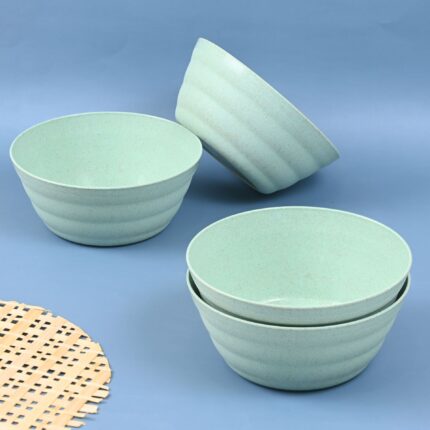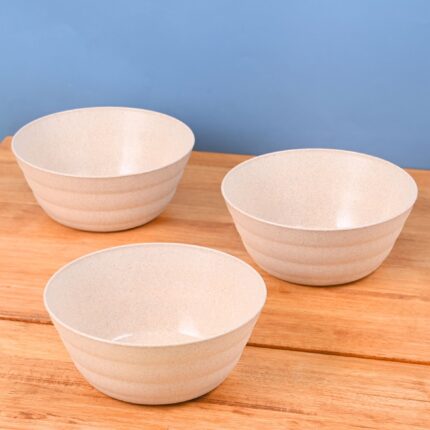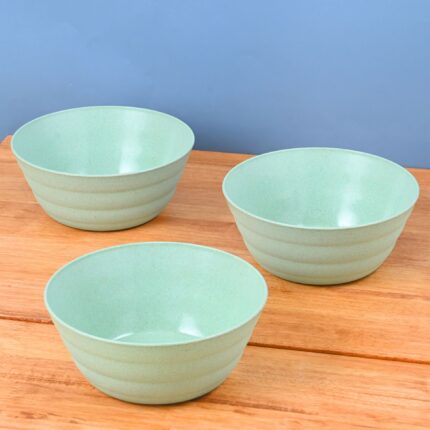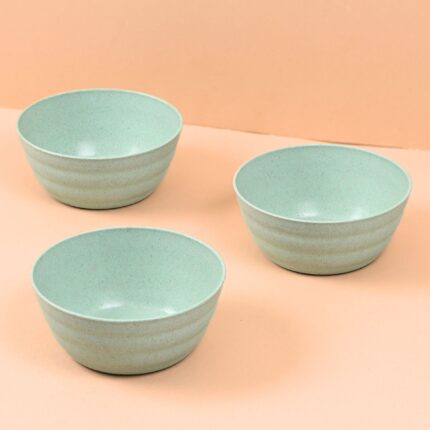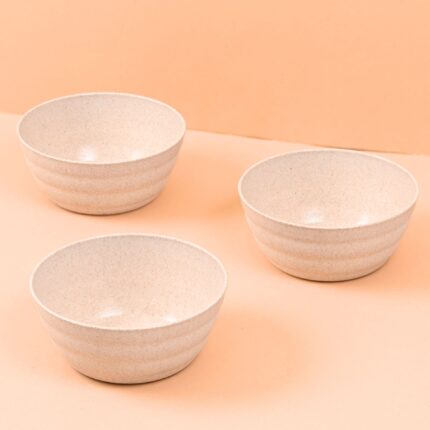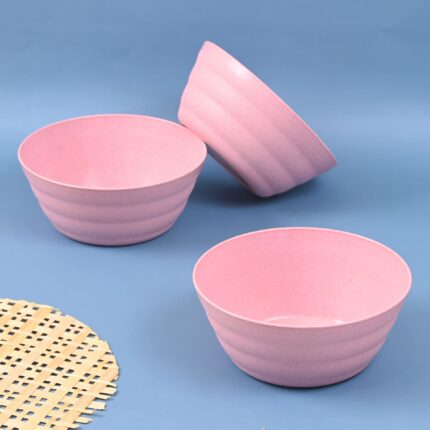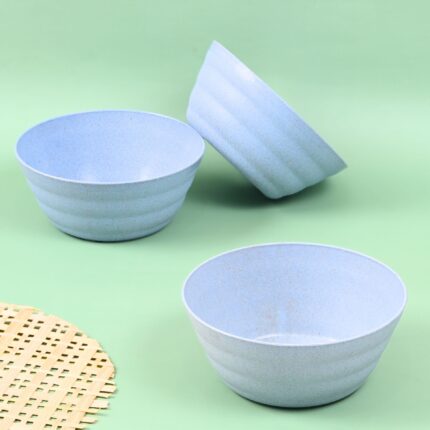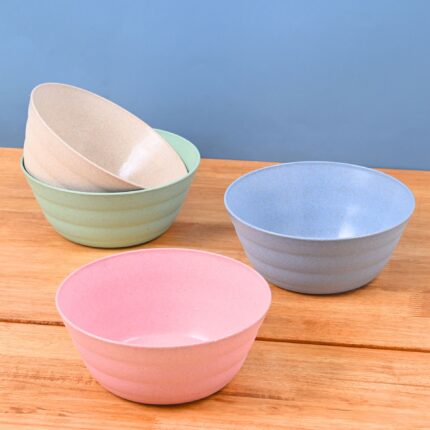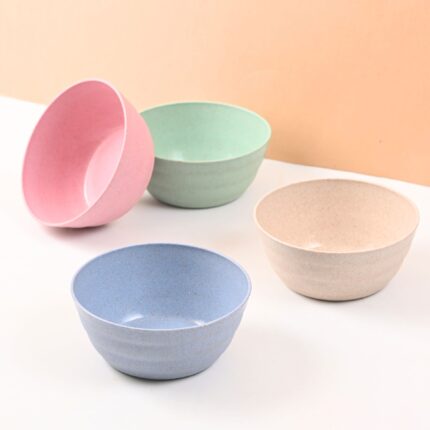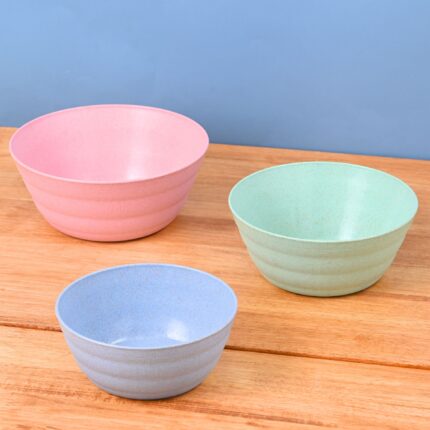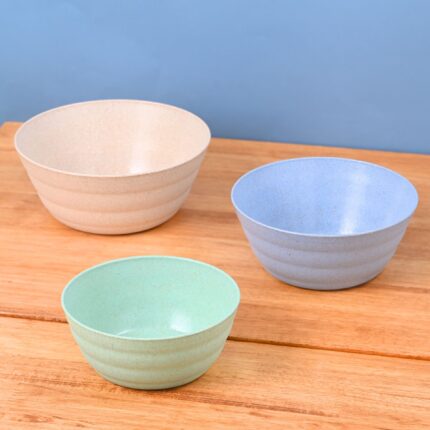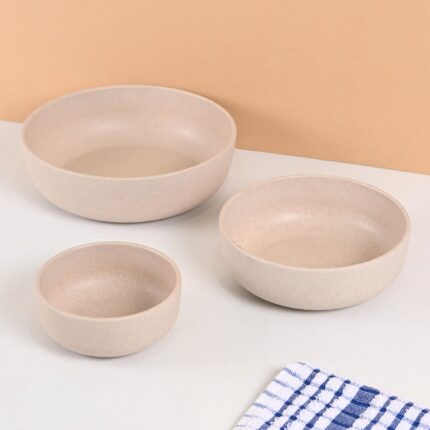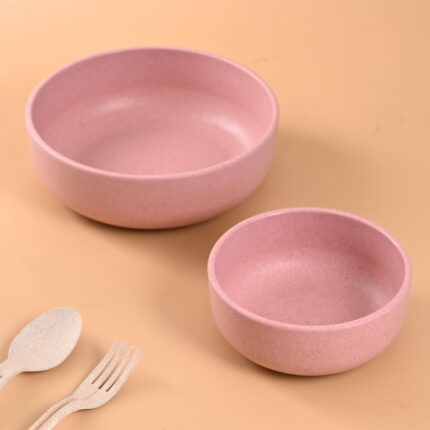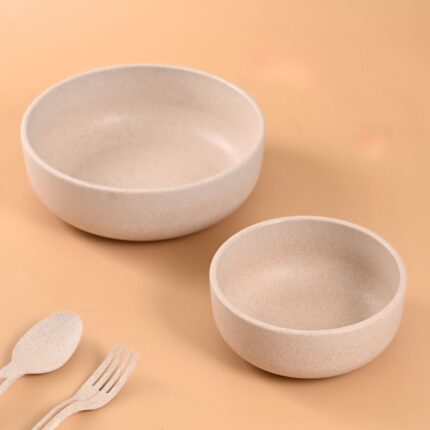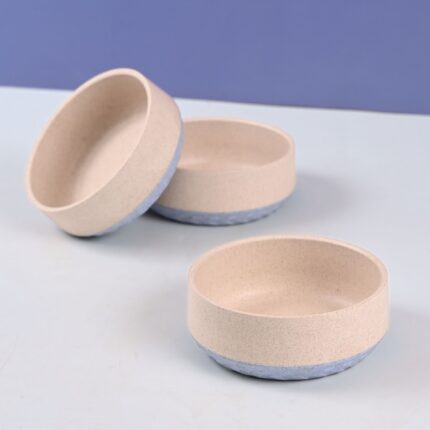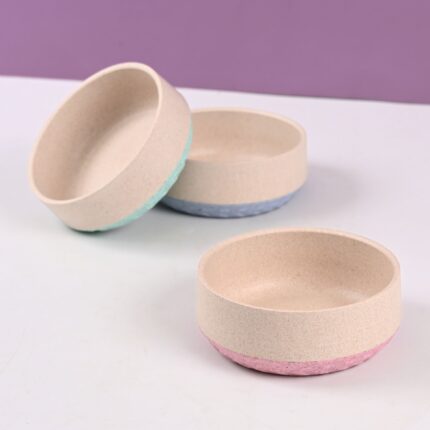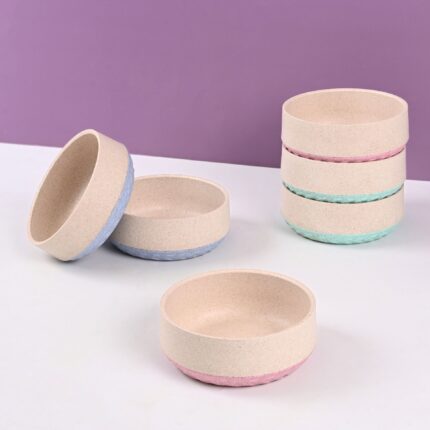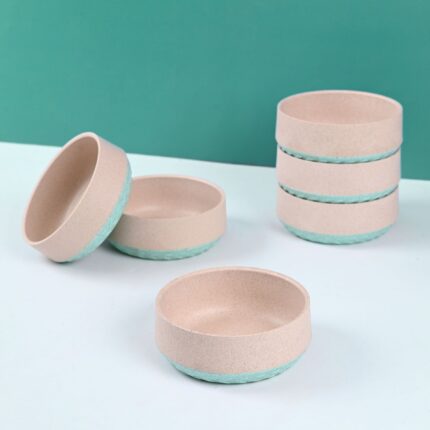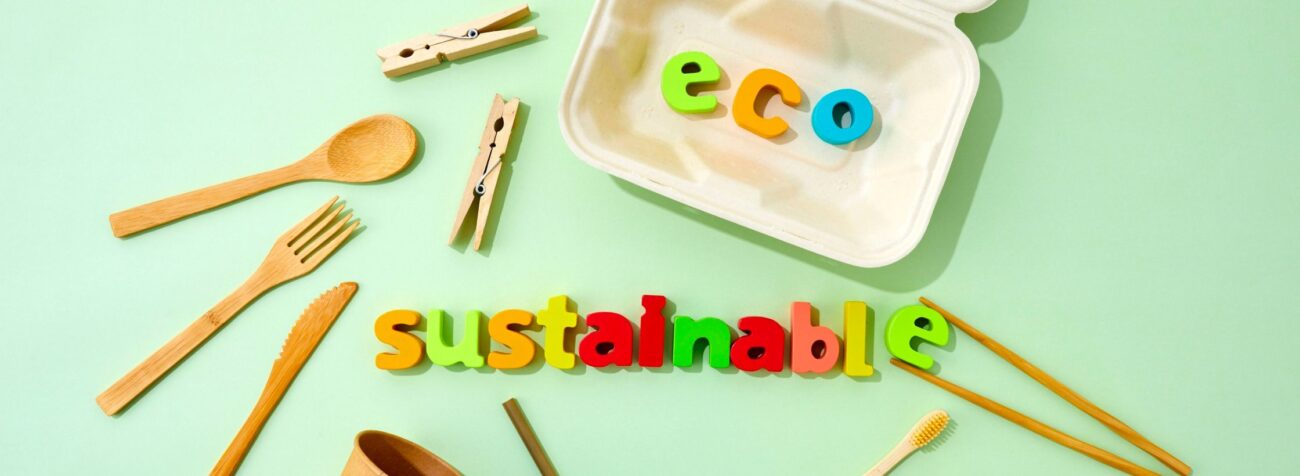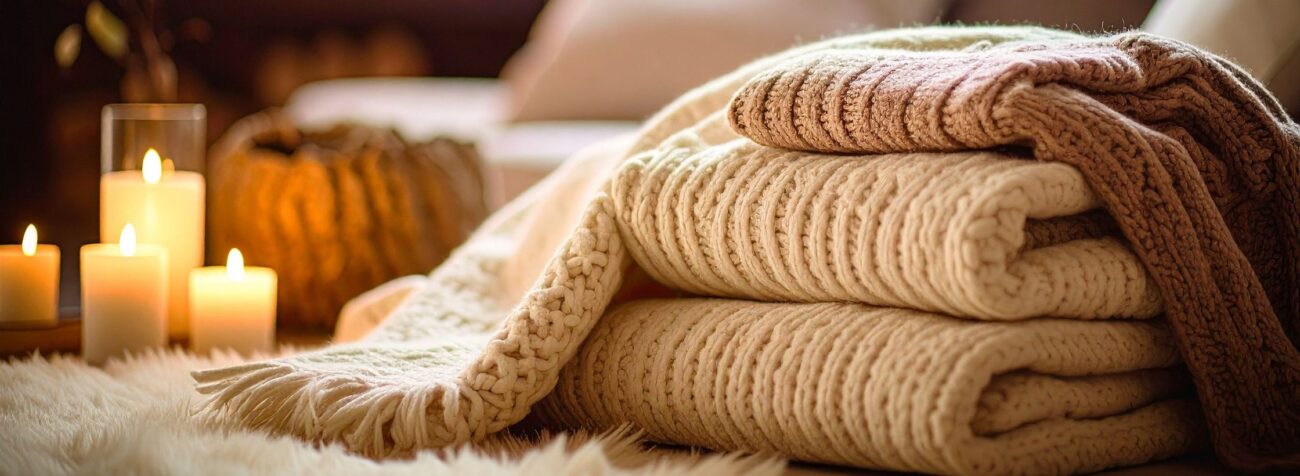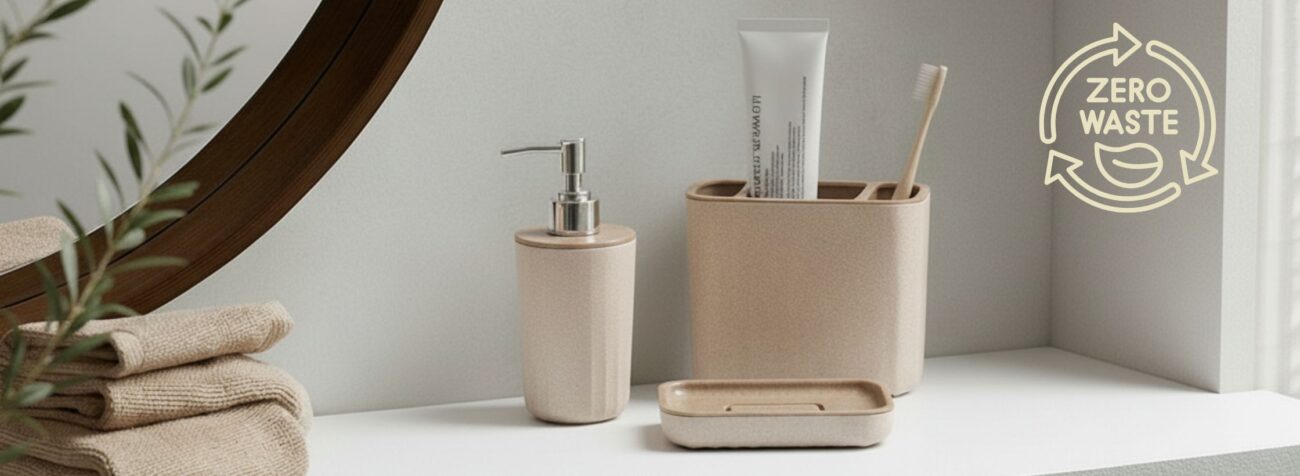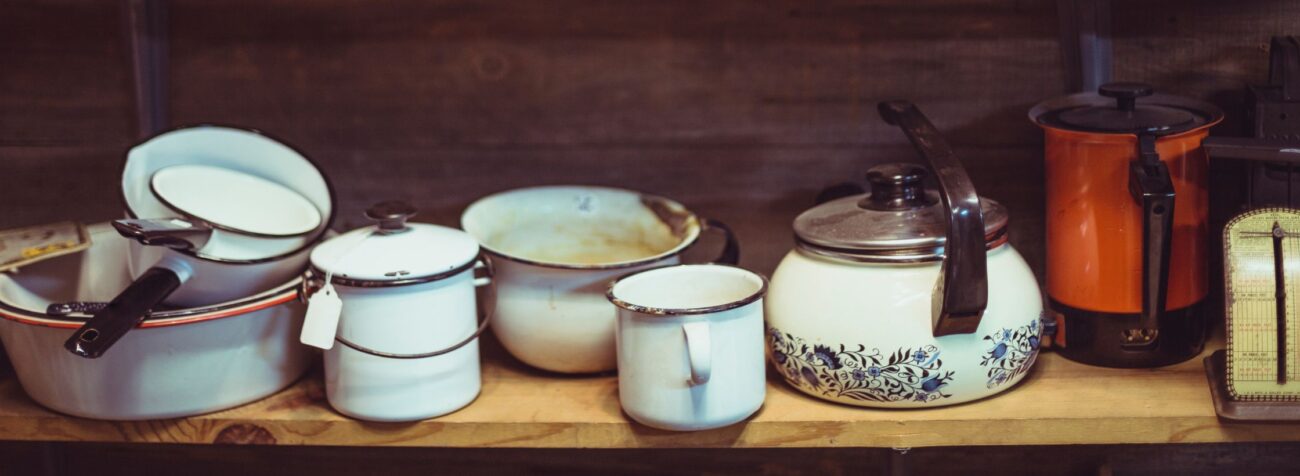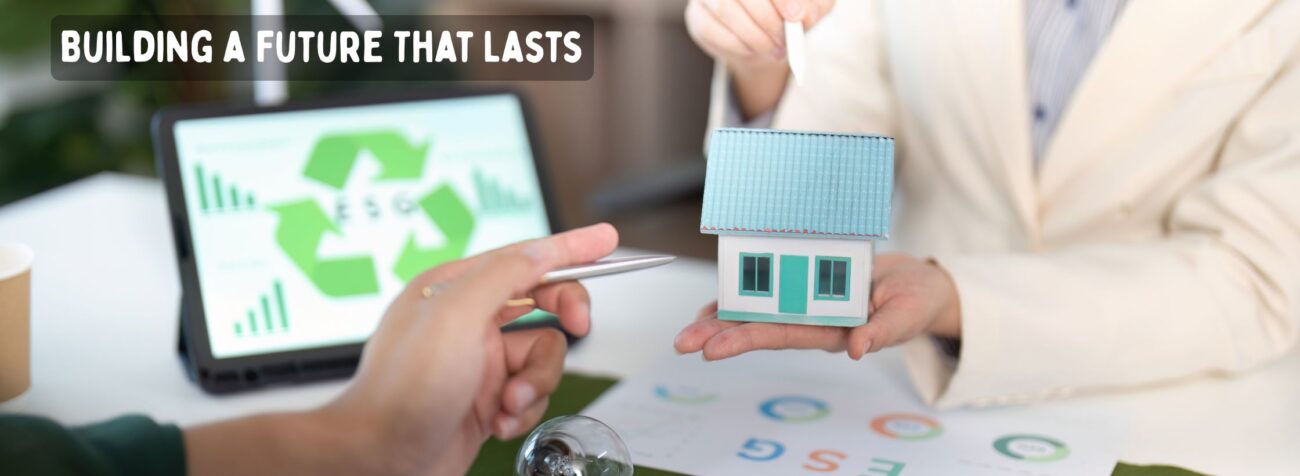Eating with Your Eyes: Harnessing Color to Boost Healthy Habits
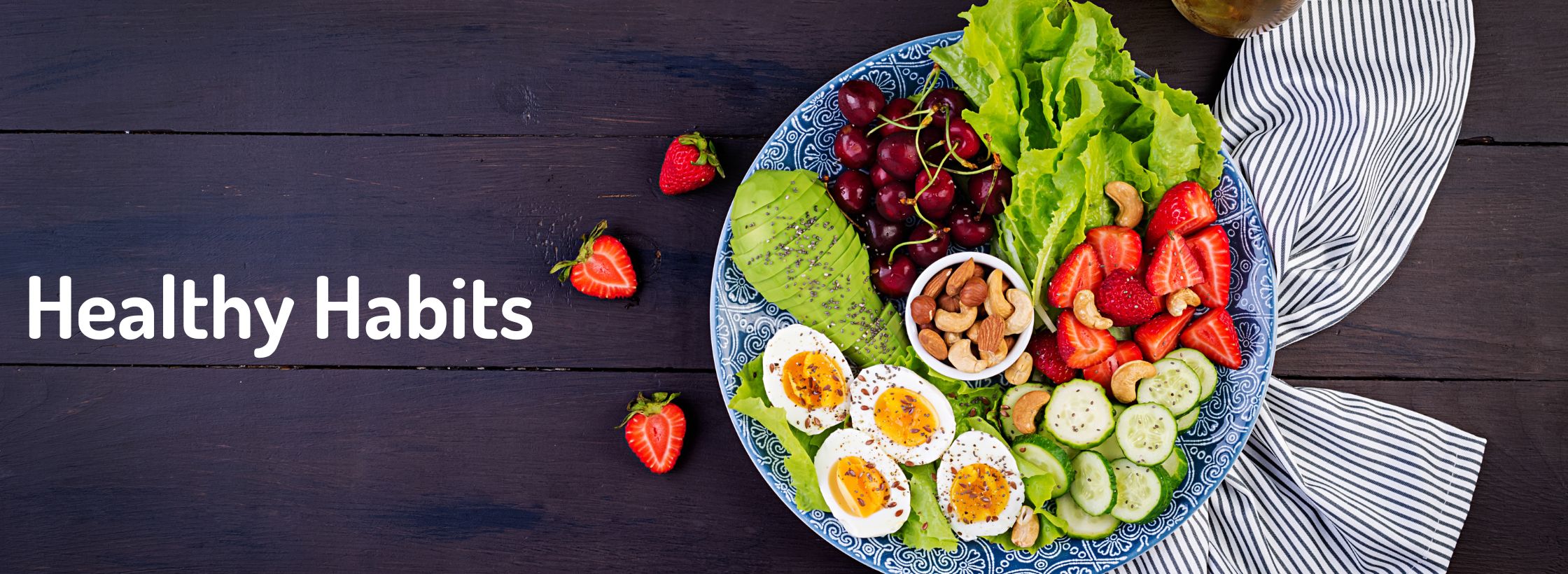
Eating with Your Eyes: Harnessing Color to Boost Healthy Habits
Healthy habits around eating often begin with being more mindful of the visual cues we encounter, turning every meal into an opportunity to reinforce positive food choices.
Ever found yourself reaching for that bright red bag of chips even when you’re not particularly hungry? Or perhaps you’ve noticed how a beautifully arranged salad, bursting with green and vibrant orange, just looks more appealing? You’re not alone. We often think of appetite as purely about taste or hunger signals, but truth be told, our eyes play a massive role in our food choices. It’s a common worry, isn’t it? Trying to stick to those good intentions, but something visually just pulls you towards less-than-ideal snacks.
What if we told you that understanding how colors influence our appetite isn’t just fascinating, but also a powerful tool for cultivating healthy habits? Imagine designing your meals, and even your kitchen environment, in a way that naturally encourages better decisions. It’s not about strict diets or complicated calorie counting; it’s about making small, visual shifts that support your journey towards healthier food choices. We’ve learned a lot about this, and frankly, it’s pretty eye-opening.
Here at eha, we’re all about creating products that seamlessly integrate into your life, making good habits easier and more enjoyable. And as it turns out, the very tableware you use, the storage solutions in your pantry, and even where you grow your herbs can subtly nudge you towards a more mindful way of healthy habits eating. Let’s dive in.
The Subtle Psychology: How Colors Whisper to Your Appetite
Our brains are wired to react to colors in specific ways. Think about it: a stop sign is red for urgency, while a peaceful landscape is often filled with greens and blues. This isn’t just for traffic or art; it applies directly to our plates too. Different hues can make us feel hungry or full, calm or excited, and even influence how we perceive the taste and freshness of food. It’s truly fascinating how something as simple as the color of your plate can impact your food choices.
The science isn’t overly complicated. It comes down to evolutionary biology and learned associations. For instance, bright, warm colors often signal ripeness and energy, while cooler tones might be associated with freshness or, conversely, less appealing options in nature. Understanding these basic principles helps us use color intentionally to support our healthy habits eating.
A Palette for Progress: Colors and Your Plate
Let’s break down how different colors might be influencing your meals and how you can harness them.
RED: THE ATTENTION GRABBER
Red is a vibrant, energetic color often associated with passion, urgency, and excitement. Think of fast-food logos – many feature red. This color can stimulate appetite and even make us eat faster. It grabs attention, making food seem more appealing and, well, urgent.
When to be cautious: Using large red dinner plates for main meals might unintentionally encourage larger portions or faster eating. If you’re trying to cut back on portion sizes, maybe swap out that big red dinner plate for something else.
When to use it wisely: A small red accent plate can be great for a controlled serving of a treat. Or, consider a vibrant red ceramic storage jar in your kitchen, but fill it with something truly healthy, like dried cranberries or nuts, to ensure your impulses lead to good healthy habits.
ORANGE AND YELLOW: WARMTH, HAPPINESS, AND HUNGER CUES
These sunny colors often evoke feelings of warmth, happiness, and comfort. They’re found naturally in many appealing foods like oranges, carrots, and corn. Like red, they can stimulate appetite, making us feel more receptive to food.
Boost your morning: Start your day with a bright yellow or orange breakfast bowl. Imagine one of our charming ceramic bowls in a sunny yellow, filled with a colorful fruit salad and yogurt. It sets a positive, inviting tone for your meal, encouraging a healthy habits eating start.
Encourage natural goodness: Use these colors to highlight naturally vibrant fruits and vegetables. A splash of orange from bell peppers or carrots on a neutral plate really pops! You can even grow small citrus plants in our vibrant orange pots and planters, reminding you of nature’s colorful bounty.
GREEN: FRESHNESS, HEALTH, AND NATURE’S NUDGE
Green is universally linked to nature, health, freshness, and well-being. It’s the color of leafy vegetables, herbs, and vibrant plants. When we see green, our brains often associate it with nutritious, wholesome food.
Fill your plate with green: Using green-rimmed plates or placing your food on a green placemat can subtly encourage you to add more leafy greens to your meal. It creates a visual expectation of health. This small change really helps in building healthy habits.
Sustainable style: Consider cutlery or serving utensils made from biomaterials in subtle green tones. This choice not only aligns with your desire for healthy habits eating but also supports circular economy principles and reduces carbon footprint. Our green cups and mugs, perhaps holding a refreshing smoothie, amplify this feeling of natural goodness. Growing herbs in our stylish, green-hued pots and planters also reinforces this fresh, natural vibe right in your kitchen.
BLUE AND PURPLE: CALMNESS AND APPETITE SUPPRESSION
These cool colors are generally considered calming and can even act as appetite suppressants. Blue is less common in natural foods (apart from blueberries, plums, and some exotic produce), so our brains don’t typically associate it with “food.”
Portion control power: If you struggle with overeating, especially in the evening, try eating off a blue plate. The visual calmness might help you slow down and tune into your body’s satiety signals. It’s a smart trick for better food choices.
Relaxing rituals: Our deep blue or purple ceramic mugs are perfect for unwinding with a calming herbal tea before bed, helping you settle into a more relaxed state, rather than reaching for late-night snacks. Think about reusing our beautiful glass storage containers for blueberries or grapes – the natural purple hue contrasts beautifully, making them appealing, healthy snacks.
WHITE AND NEUTRALS: CLEANLINESS AND CLARITY
White and other neutral colors like beige or light grey are often associated with cleanliness, simplicity, and purity. They can make food stand out visually, almost like a blank canvas.
Showcase your healthy bounty: White plates are excellent for showcasing colorful, healthy foods. The vibrant reds, greens, and oranges of fruits and vegetables pop against a plain white background, making your meal visually appealing and encouraging diverse food choices. This strategy helps you appreciate the beauty of wholesome ingredients.
Versatility in design: Our classic white tableware, including durable plates and versatile cups and mugs, are designed for longevity, embodying the principles of reuse and upcycle. They provide a timeless foundation for your table, allowing the true stars—your vibrant, healthy meals—to shine.
Practical Tips for Your Kitchen & Healthy Habits Eating
Beyond just the plate, consider these wider applications to boost your healthy habits:
Create a Colorful Plate: Aim for a rainbow of colors on your plate. This not only makes your meal visually appealing (“eating with your eyes” at its best!) but also ensures you’re getting a wide range of nutrients. A plate with a variety of colors is often a sign of a balanced meal.
Smart Kitchen Organization: Keep healthy snacks in clear, visible storage containers (like our elegant glass jars) where their natural colors are apparent. Hide less healthy options in opaque containers or out of sight.
Mindful Lighting: Bright, warm lighting in dining areas can encourage eating. If you’re trying to slow down or eat less, consider softer, cooler lighting.
Portion Perception: Larger plates, especially white ones, can make portions look smaller, leading you to serve more. Opt for slightly smaller plates, especially those in cooler colors like blue, to naturally encourage smaller, more mindful portions.
Grow Your Own: Having a small herb garden in your kitchen, perhaps in our attractive pots and planters, not only provides fresh, green ingredients but also adds a continuous visual cue for health and freshness. This also contributes to conserving resources and climate action by reducing transportation emissions.
Eha & Your Journey to Better Food Choices
At eha, we believe that building healthy habits shouldn’t be a chore. It should be an enjoyable, sustainable part of your daily life. Our curated collection of lifestyle durable products – from elegant tableware that makes every meal special, to smart storage solutions that keep your pantry organized and fresh, to charming cups and mugs for your daily hydration – is designed with this philosophy in mind.
We’re committed to offering products that are not only beautiful and functional but also embody principles of fair trade and green economy. We partner with suppliers who prioritize ethical practices and materials, ensuring that every purchase you make with us supports a positive impact, whether it’s through using biomaterials or contributing to preventing crop-burning by promoting local, sustainable agriculture.
Final Thoughts:
By understanding how colors influence your appetite and by consciously integrating these insights with durable, mindfully made products, you’re not just enhancing your kitchen; you’re truly transforming your approach to healthy habits eating. It’s a small change, but one that can make a big difference in how you feel and how you contribute to a more sustainable world.
So, next time you’re setting the table or reaching for a snack, take a moment to consider the colors around you. They might just be the secret ingredient to your healthier, happier self.
Visit eha’s range of sustainable plates and bowls to choose, made with biocomposite materials using crop-waste such as rice husk, bamboo fibers and coffee husk.
If you are looking at developing new range of earth friendly tableware speak to experts at Mynusco.








